- Republished with permission of emagination, a School of Engineering electronic publication
The School of Engineering has named five outstanding faculty members as inaugural Castleman Term Professors in Engineering Innovation. In making the announcement, Dean Mun Y. Choi noted, “Each of these outstanding individuals embodies exceptional achievements and the application of innovative approaches in research, education and outreach.” The three-year professorships recognize outstanding faculty members at the assistant and associate professor level and honor Professor Francis L. Castleman, who served as a distinguished Dean of Engineering during the formative years of the School of Engineering.

Horea Ilies, Mechanical Engineering. Dr. Ilies’ research focus is on the development of new engineering models, representations, algorithms, and design semantics to enable systematic, and efficient design, analysis and manufacturing of engineering artifacts. He has received approximately $2.9M in research funding, including the NSF CAREER Award, holds two U.S. Patents, and has 2 book chapters, 24 refereed journal articles along with 23 full-paper conference proceedings. Dr. Ilies is a member of the Editorial Board for the Journals of Computer Aided Design (Elsevier), as well as Computer Aided Design and Applications, and a member of the Executive Committee of the ASME Design Automation Conference.
 Yu Lei, Chemical, Materials & Biomolecular Engineering. Dr. Lei’s research focuses on sensors and environmental biotechnology for diverse applications, ranging from the diagnosis of disease to new drug discovery, screening and food safety, as well as pollutants. His scholarly output includes three patents, two book chapters, 67 archival peer-reviewed journal publications and 68 conference abstracts, with over 700 non-self citations to date. Dr. Lei has received more than $2.6M in federal research funding since joining UConn in 2006. He serves on the Editorial Boards of the journals Applied Biochemistry and Biotechnology, Analytical Letters and two newly launched journals, Materials Focus and Energy Focus.
Yu Lei, Chemical, Materials & Biomolecular Engineering. Dr. Lei’s research focuses on sensors and environmental biotechnology for diverse applications, ranging from the diagnosis of disease to new drug discovery, screening and food safety, as well as pollutants. His scholarly output includes three patents, two book chapters, 67 archival peer-reviewed journal publications and 68 conference abstracts, with over 700 non-self citations to date. Dr. Lei has received more than $2.6M in federal research funding since joining UConn in 2006. He serves on the Editorial Boards of the journals Applied Biochemistry and Biotechnology, Analytical Letters and two newly launched journals, Materials Focus and Energy Focus.
 Nicholas Lownes, Civil & Environmental Engineering. Dr. Lownes is Director of the Center for Transportation and Livable Systems (CTLS) at UConn, and his research program focuses on public transportation systems. His research efforts include: a Department of Homeland Security-funded project aimed at developing methods for identifying and mitigating vulnerabilities to natural and human disruptions in public transportation networks; and the application to U.S. networks of a novel method for the prediction of optimal network evolution based on the growth of slime mold. Dr. Lownes has received more than $1M in research funding to date.
Nicholas Lownes, Civil & Environmental Engineering. Dr. Lownes is Director of the Center for Transportation and Livable Systems (CTLS) at UConn, and his research program focuses on public transportation systems. His research efforts include: a Department of Homeland Security-funded project aimed at developing methods for identifying and mitigating vulnerabilities to natural and human disruptions in public transportation networks; and the application to U.S. networks of a novel method for the prediction of optimal network evolution based on the growth of slime mold. Dr. Lownes has received more than $1M in research funding to date.
 Laurent Michel, Computer Science & Engineering. Dr. Michel, who joined UConn in 2002, holds expertise in the design and implementation of domain specific languages for combinatorial optimization. Dr. Michel has developed several influential systems including Newton, Numerica, the Optimization Programming Language OPL, the constrained-based library Modeler++ and the local search tools Localizer and Localizer++ and Comet. His research grants total more than $1.2M to date, including his NSF CAREER Award, and he has published two books, more than 25 journal papers and over 50 conference papers, with cumulative citations of over 1500. Dr. Michel also serves on the Editorial Boards of Constraints and Mathematical Programming Computation.
Laurent Michel, Computer Science & Engineering. Dr. Michel, who joined UConn in 2002, holds expertise in the design and implementation of domain specific languages for combinatorial optimization. Dr. Michel has developed several influential systems including Newton, Numerica, the Optimization Programming Language OPL, the constrained-based library Modeler++ and the local search tools Localizer and Localizer++ and Comet. His research grants total more than $1.2M to date, including his NSF CAREER Award, and he has published two books, more than 25 journal papers and over 50 conference papers, with cumulative citations of over 1500. Dr. Michel also serves on the Editorial Boards of Constraints and Mathematical Programming Computation.
 Mohammad Tehranipoor, Electrical & Computer Engineering. Dr. Tehranipoor joined UConn in 2006 and has published 36 journal papers, 124 conference papers, four books and 10 book chapters. His work has received 1,200 citations to date. Dr. Tehranipoor’s areas of expertise span computer-aided design and testing, reliable systems design at the nanoscale, secure integrated circuit design, hardware security and trust, and design-for-testability. He has received an NSF CAREER Award, IEEE Computer Society’s Meritorious Service Award, and been recognized as a distinguished speaker for the IEEE Computer Society and ACM. Dr. Tehranipoor has received more than $3.5M in research funding and gifts since 2006.
Mohammad Tehranipoor, Electrical & Computer Engineering. Dr. Tehranipoor joined UConn in 2006 and has published 36 journal papers, 124 conference papers, four books and 10 book chapters. His work has received 1,200 citations to date. Dr. Tehranipoor’s areas of expertise span computer-aided design and testing, reliable systems design at the nanoscale, secure integrated circuit design, hardware security and trust, and design-for-testability. He has received an NSF CAREER Award, IEEE Computer Society’s Meritorious Service Award, and been recognized as a distinguished speaker for the IEEE Computer Society and ACM. Dr. Tehranipoor has received more than $3.5M in research funding and gifts since 2006.
The selection criteria for the Castleman Term Professorships included research productivity and impact; teaching contribution, including student mentorship and the development of novel teaching activities; professional service; and the promotion of leadership and collegiality within and beyond UConn.
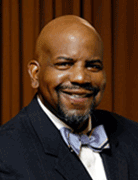 The University’s Board of Trustees voted recently to bestow upon Dr. Cato T. Laurencin, the distinguished title of University Professor. This honor is reserved for scholars who are widely recognized for contributions in their respective fields.
The University’s Board of Trustees voted recently to bestow upon Dr. Cato T. Laurencin, the distinguished title of University Professor. This honor is reserved for scholars who are widely recognized for contributions in their respective fields.
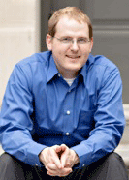
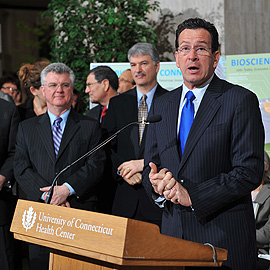


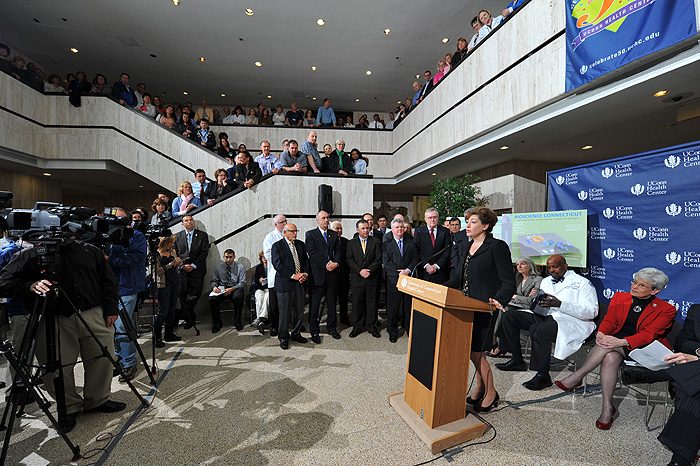
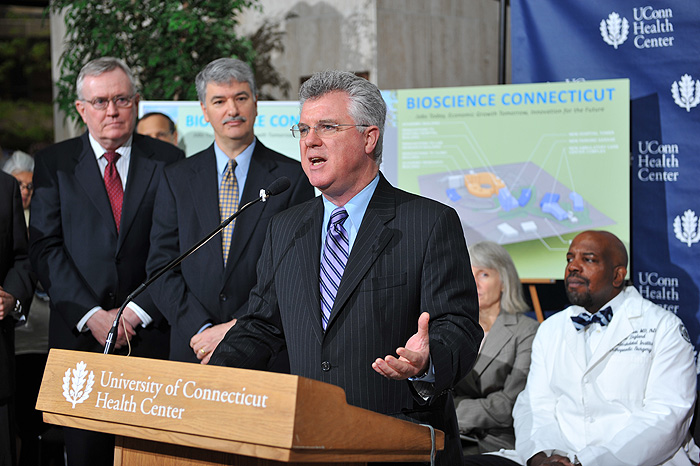
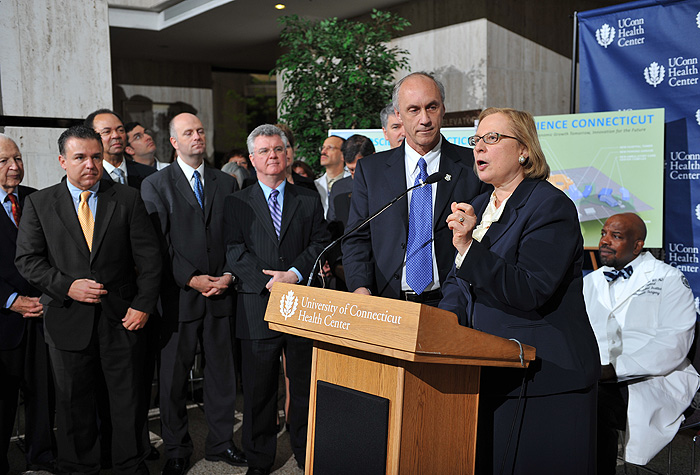

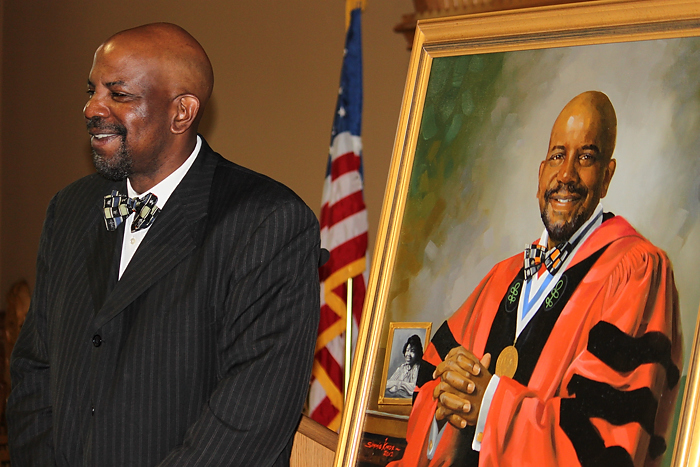
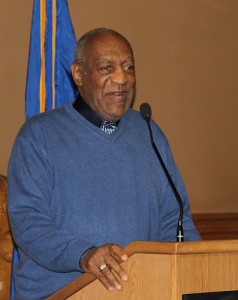
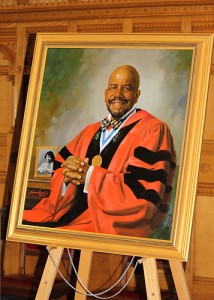
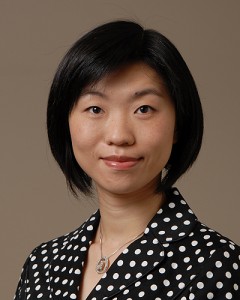
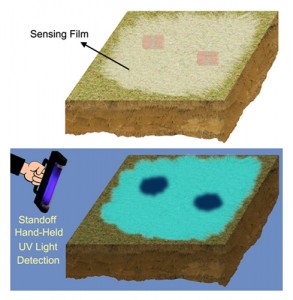
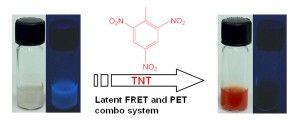

 Two engineering students have received prestigious
Two engineering students have received prestigious  In particular, he is interested in the effect of blood flow on the diffusion and delivery of anti-cancer drugs to the tumor site. Brittany, who is interested in programming languages, participated in UConn’s Bio-Grid NSF-sponsored Research Experiences for Undergraduates (REU) program led by Dr. Chun-Hsi Huang and also conducted research with Dr. Yufeng Wu. NSF Graduate Research Fellows receive a three-year annual stipend $30,000 plus a yearly $12,000 cost-of-education allowance. In 2011, NSF awarded just 2,000 Fellowships from 12,000 applicants.
In particular, he is interested in the effect of blood flow on the diffusion and delivery of anti-cancer drugs to the tumor site. Brittany, who is interested in programming languages, participated in UConn’s Bio-Grid NSF-sponsored Research Experiences for Undergraduates (REU) program led by Dr. Chun-Hsi Huang and also conducted research with Dr. Yufeng Wu. NSF Graduate Research Fellows receive a three-year annual stipend $30,000 plus a yearly $12,000 cost-of-education allowance. In 2011, NSF awarded just 2,000 Fellowships from 12,000 applicants.




